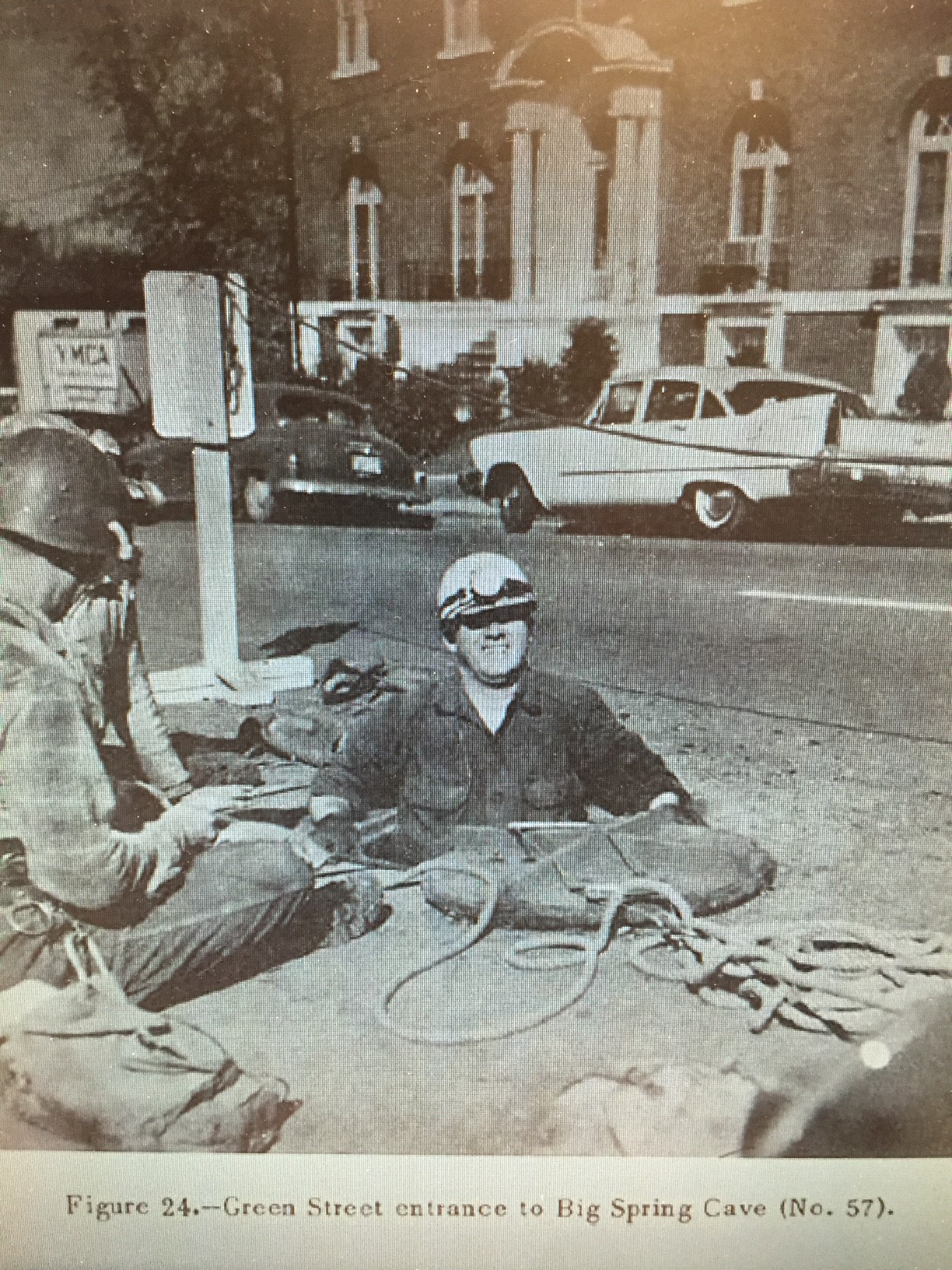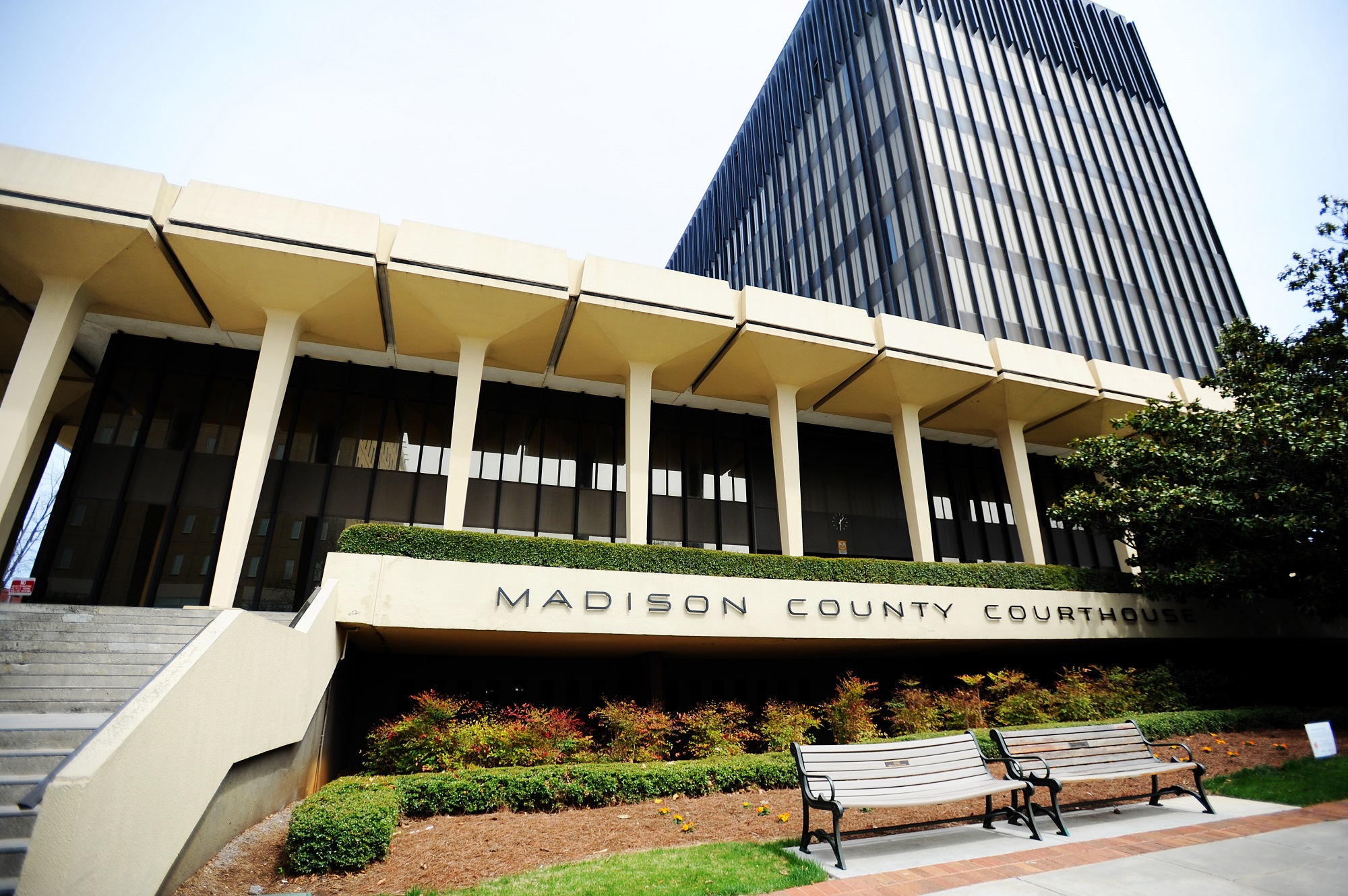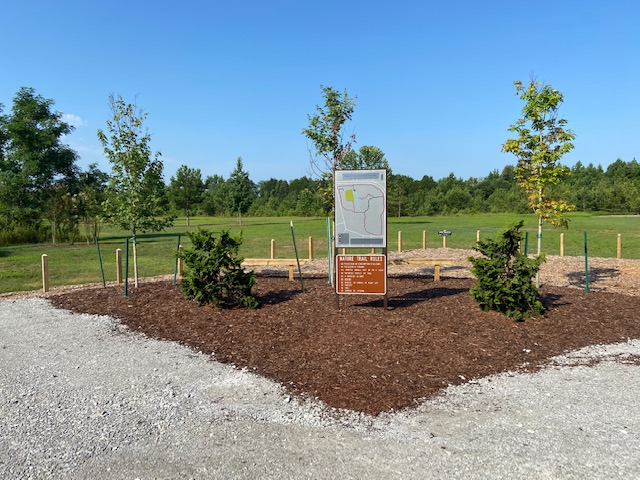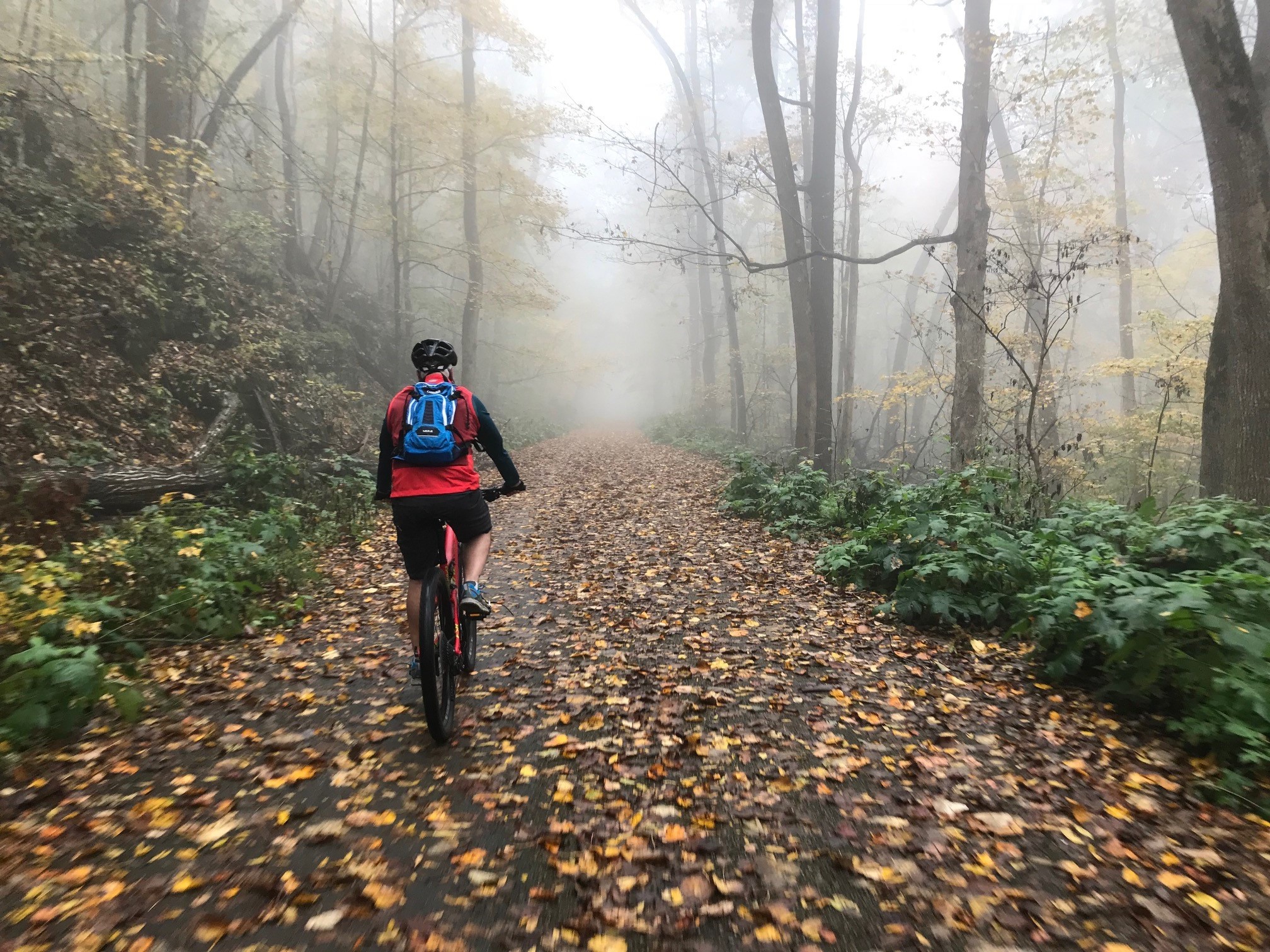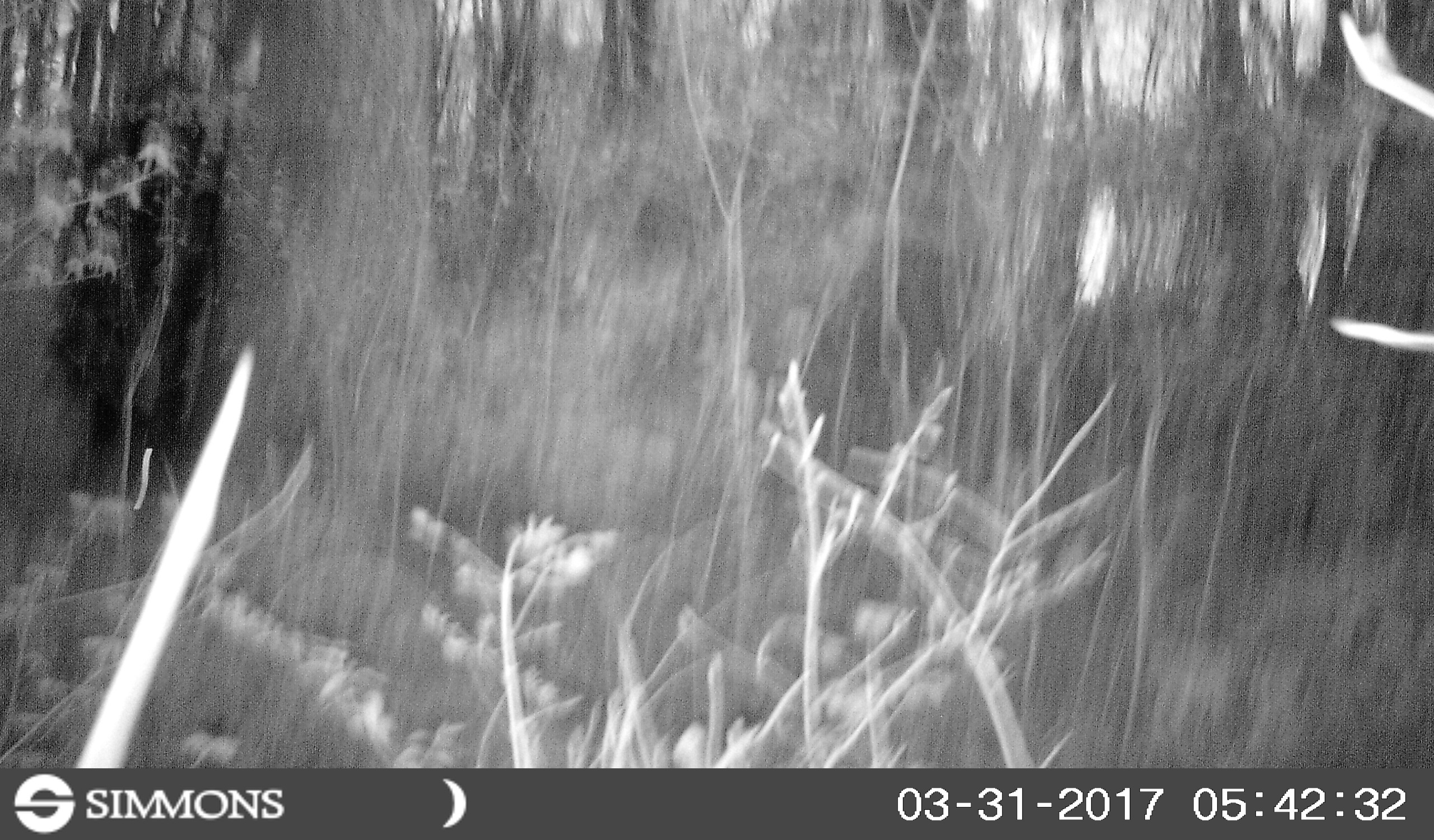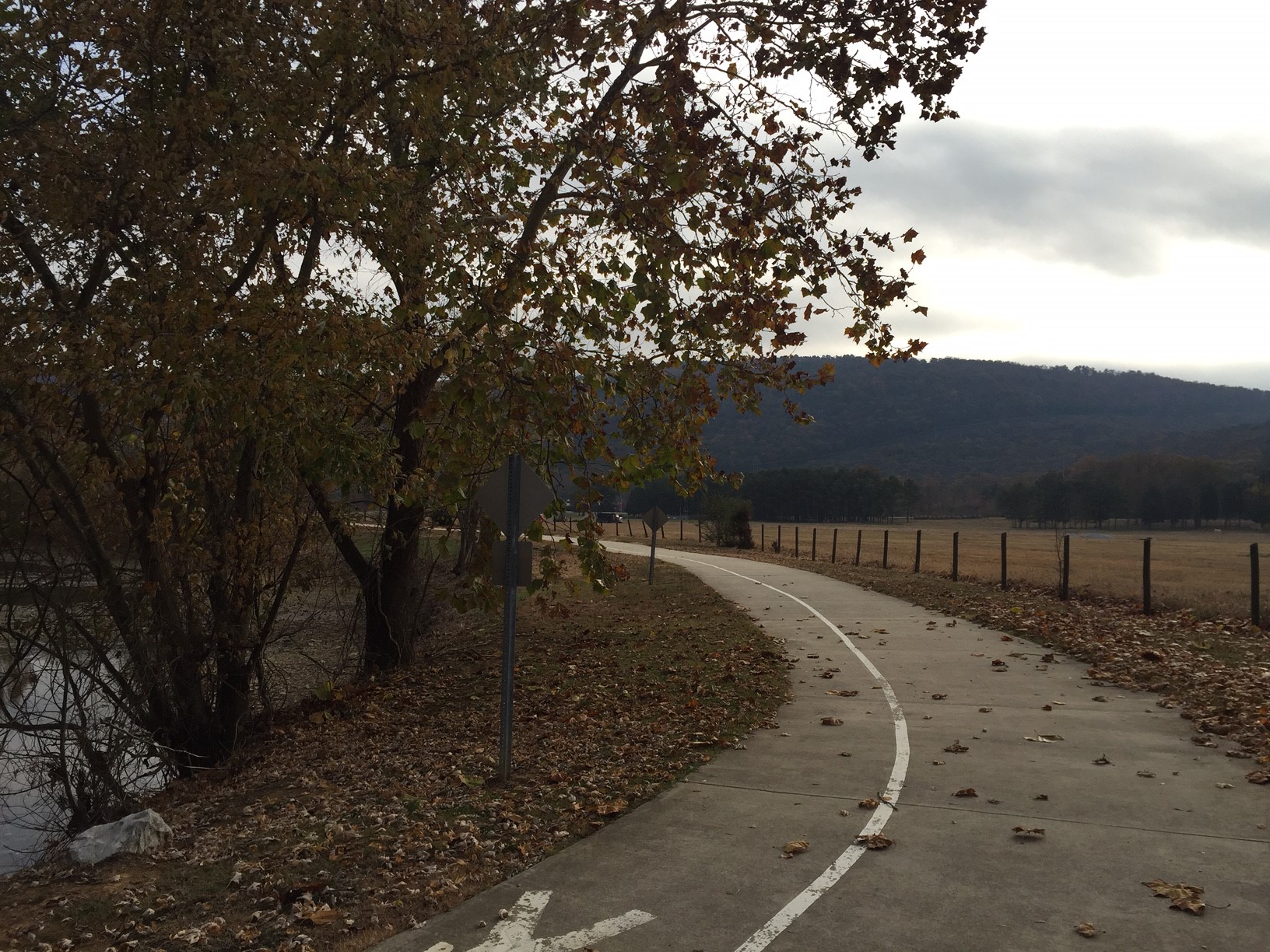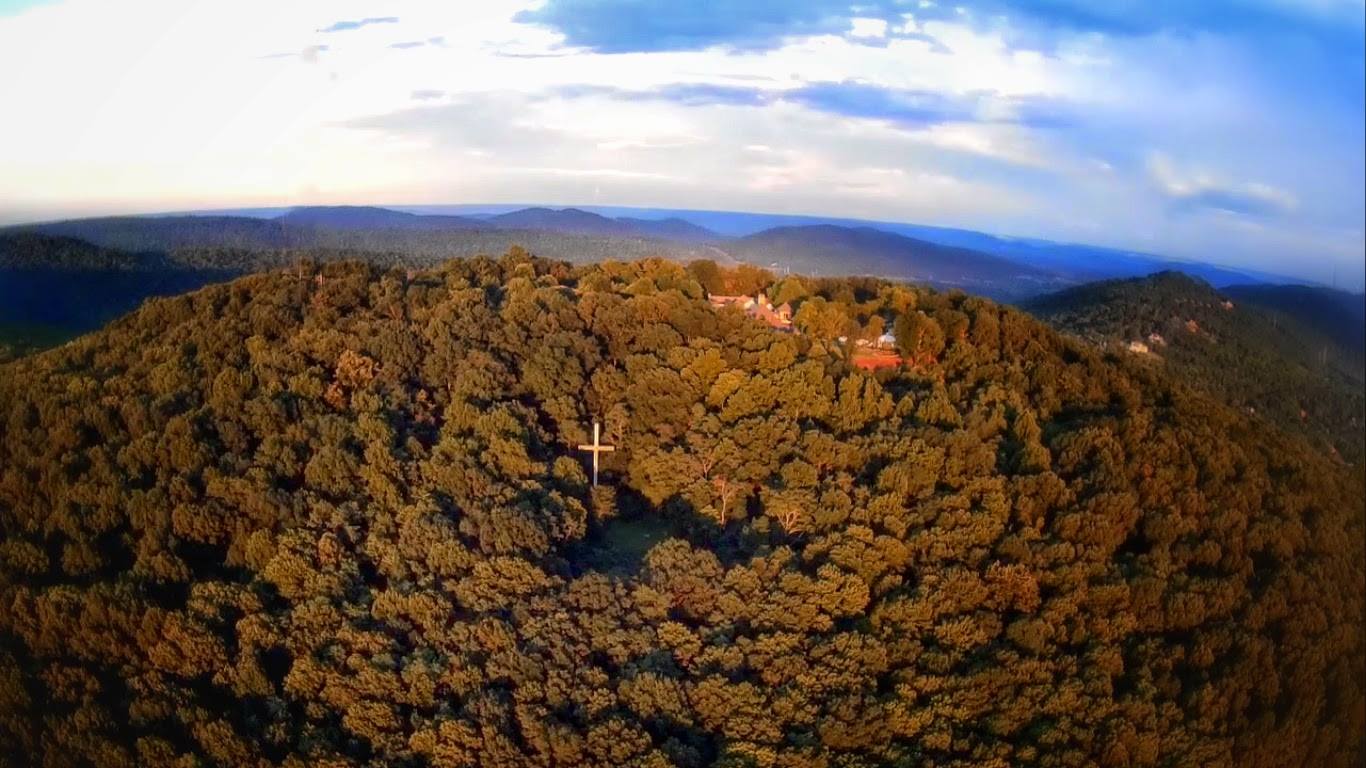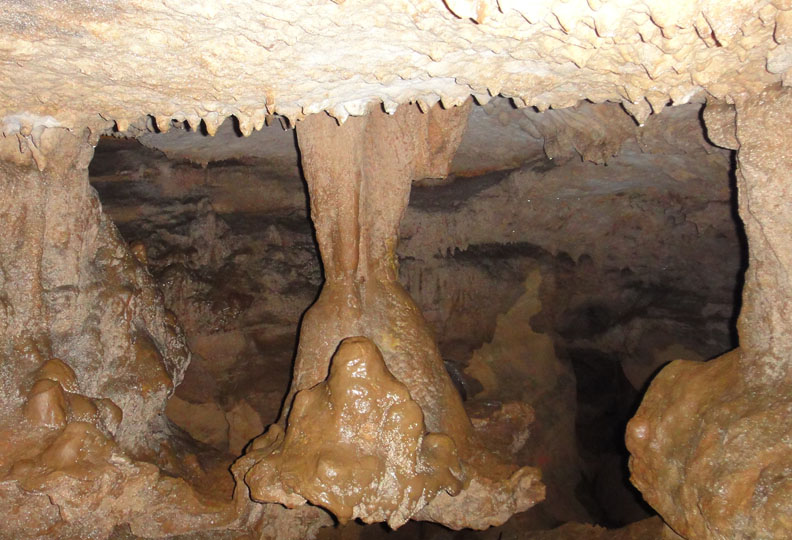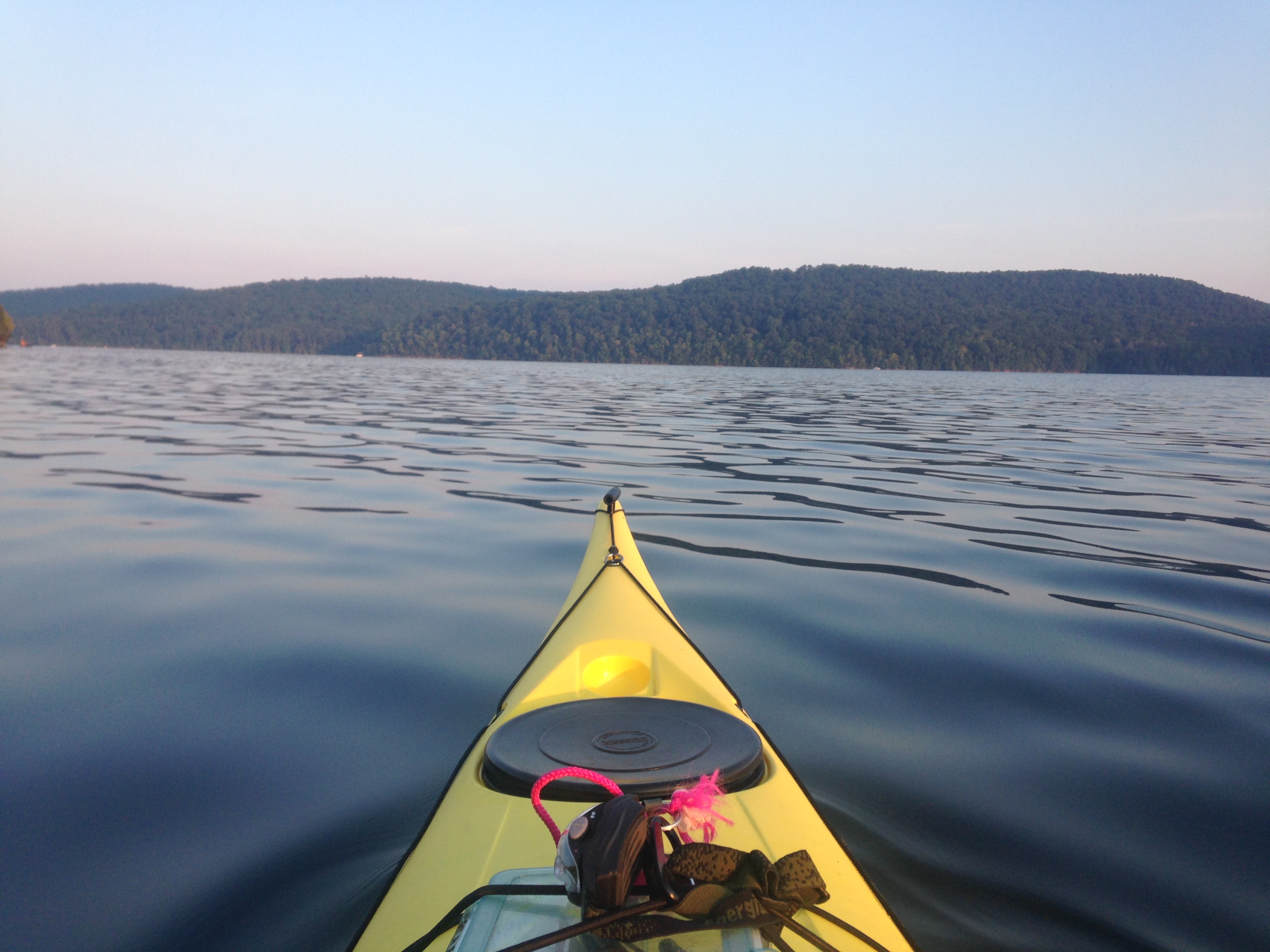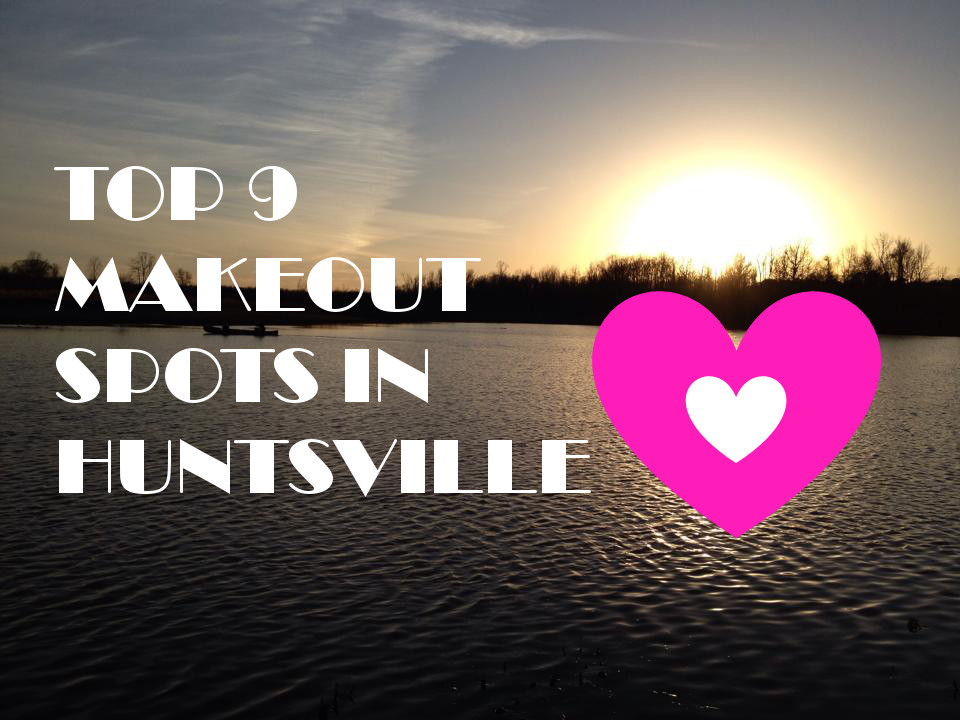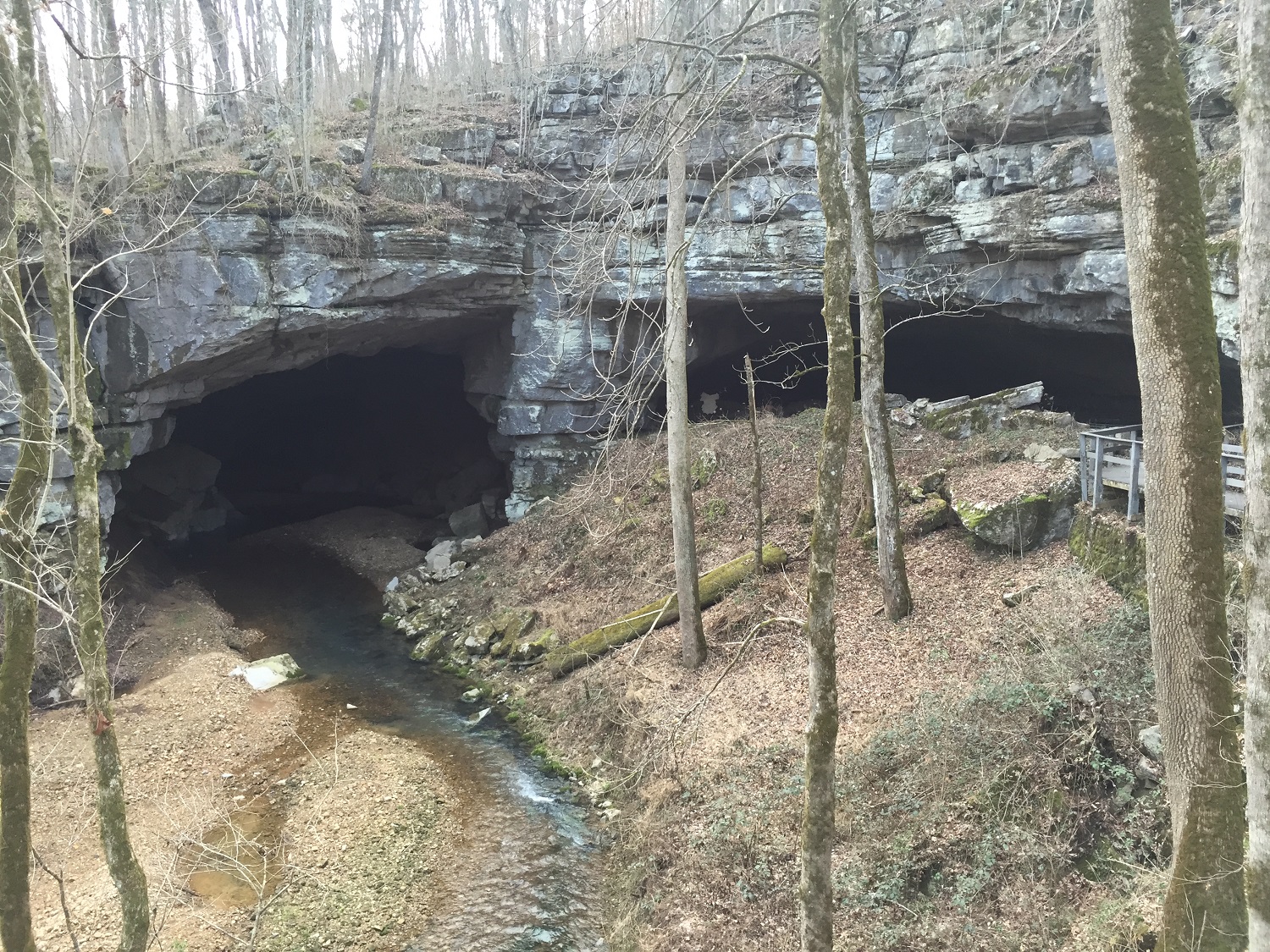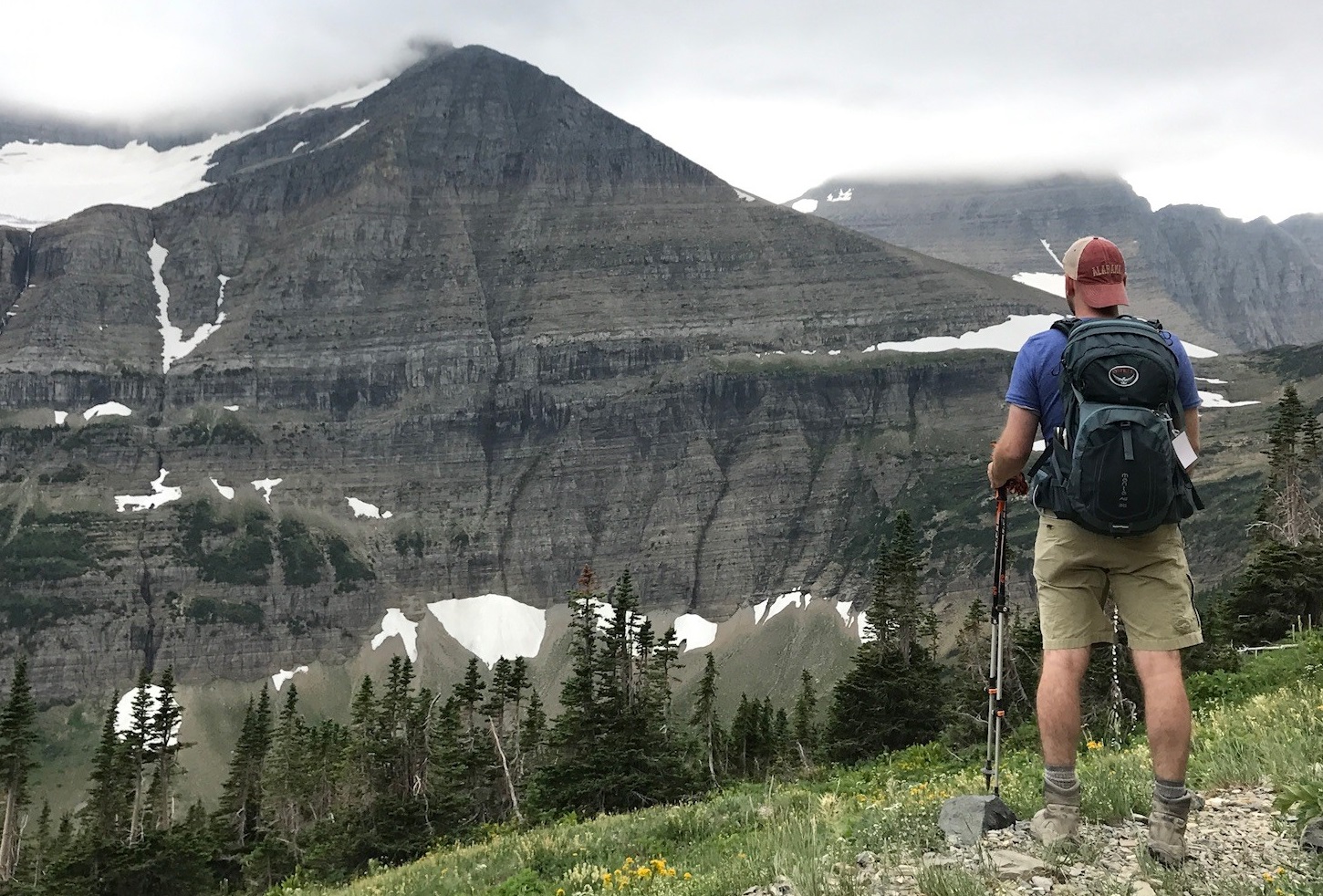 Davy Canupp
Davy Canupp
If you are a longtime Huntsville Outdoors reader, you will know that Huntsville was "the Cave City" before it became "the Rocket City." If you also like to geek out on Huntsville's geology, you might know that the Madison County Courthouse is literally built on top of Big Spring Cave, and that the water that feeds Big Spring originates from inside the Cave.
Precious few people have actually been inside Big Spring Cave, though. Our quest to meet someone who has been in the Cave led us to a Huntsville legend, Ray Jones. Son of the locally famous Carl T. Jones, Ray Jones grew up on Jones Farm and has worked the family business here in Huntsville since the 1950s. In 1964, Ray Jones worked at G.W. Jones & Sons, a civil engineering firm in Huntsville. His father, Carl Jones, was the principal of the business, while another well-known family member, Walter B. Jones, served for a time as Alabama's State Geologist.
In 1964 when Ray Jones entered Big Spring Cave, Madison County was planning to replace its iconic, Greek Revival 1914 county courthouse with the universally-despised, eight-story excuse for modern art that occupies the center of Huntsville today. The County hired G.W. Jones and Sons to survey the inside of Big Spring Cave and ensure that it could tolerate the tremedous weight of a 1960s skyscraper. Ray Jones led a 6-man survey team inside the cave and spent 3 weeks there with them, meticulously measuring and exploring the cave's boundaries so that drawings could be created.
Huntsville Outdoors editor Davy Canupp sat down with Ray Jones not long ago to discuss what Ray found in the cave, and also to look over the 1960s era topographic maps that were created based upon his surveys. Ray tells us he entered the Cave from just above the Big Spring, just on the edge of Big Spring Park, through what is now basically a doorway that has been sealed shut to keep kids out. When Ray and his team surveyed the Cave, which Ray says is actually more of a "fissure," they knew there had been a prior survey in the 1930s.
The reason for the 1930s era survey? It's creepy. There was a Yellow Fever outbreak in Huntsville in the 1930s, and many of the locals believed that fluids leaking from bodies in Maple Hill Cemetery was migrating through the Cave into the groundwater at Big Spring, which was then being, uhhh...consumed by citizens. The goal of the original survey was to investigate this possibility and determine whether the water could be diverted. Of course, by the 1960s survey, Ray and his team knew the real culprit was mosquitos, not leaky dead people, so they were not too concerned about swimming through infected bodily fluids. That said, they did encounter waist deep water that they often had to crawl through. They also found old whiskey bottles and newspapers dated from the 1930s, relics from the previous Yellow Fever survey.
Ray tells us that once the 1960s survey team made their way through the tunnels, they used a rope ladder and built a cat walk to facilitate better access throughout the Cave. Eventually, they to reach the floor of the Cave, where they found themselves in a huge room approximately under Jefferson Street, with a ceiling that reached up soared 60 feet or so up, nearing touching the bottom of the street. They also found evidence of a second cave system that appeared to connect in some manner to the Big Spring Cave. They encountered cave beetles that have been located in only two caves in Madison County, one of which is actually pretty far away from Big Spring Cave, leading the team to conclude that the two are actually connected in some manner.
Inside the big room, the survey team noted the limestone ceiling was cracked and unstable. The entire Cave was full of shattered rock, boulders of all shapes and sizes, limesinks and a lot of water. According to the Geological Report signed by Dr. Walter B. Jones in 1964, a copy of which has been supplied to Huntsville Outdoors, "this is the most dangerous cave that this Writer has ever seen, and he has been in about 500 caves in this country and abroad." Enough to convince us not to enter, anyway.
That said, it's only a little bit of a secret that the Cave can still be accessed today through a manhole entrance on Green Street between Randolph and Eustis, across from the old YMCA building. We're pretty sure it would be illegal to use this access hole, but assuming you did, we think you could travel easily to the Big Spring Pond, and perhaps a good distance in the opposite direction toward Maple Hill Cemetery. But we definitely wouldn't recommend it.
